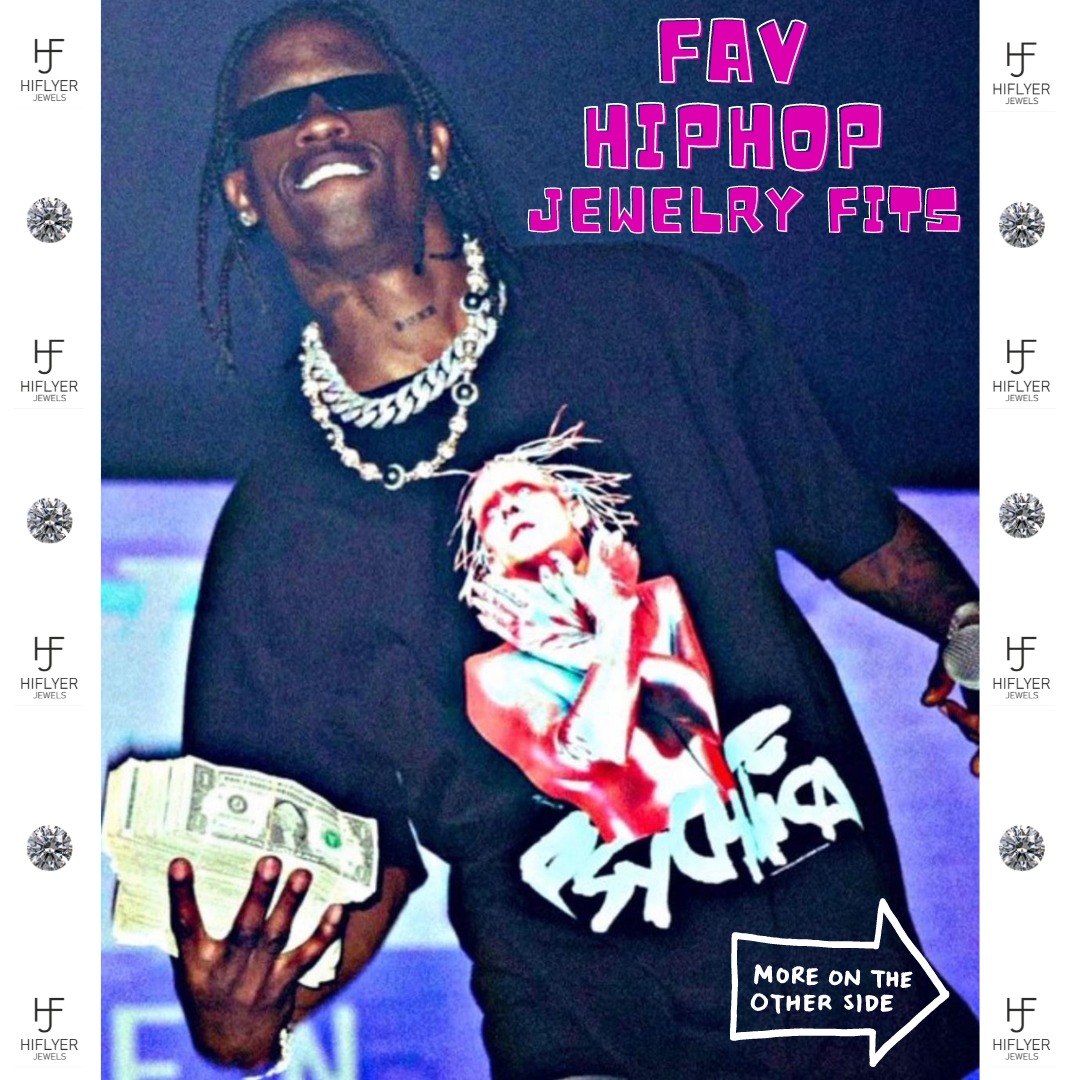
The Sparkling Connection: Hip-Hop and Jewelry
Hip-hop and jewelry share a vibrant, intertwined history that extends beyond mere fashion and adornment. From the genre's inception in the 1970s to its global dominance today, jewelry has played a pivotal role in defining the culture, identity, and success of hip-hop artists. This blog explores the deep-rooted connection between hip-hop and jewelry, examining how bling has become a powerful symbol of status, success, and self-expression in the hip-hop community.
The Origins of Hip-Hop and Jewelry
The relationship between hip-hop and jewelry began in the Bronx, New York, during the late 1970s. As hip-hop emerged as a new cultural force, artists sought ways to visually represent their success and individuality. Jewelry became a natural choice, with its ability to convey wealth, prestige, and personal style.
Early pioneers like Grandmaster Flash and the Furious Five, Run-DMC, and LL Cool J started sporting oversized gold chains, rings, and other flashy accessories. These pieces were not just about looking good—they were statements of achievement and resilience in the face of adversity. For many artists, jewelry symbolized a rise from poverty to prosperity, a tangible representation of their journey and success.
Bling and the Golden Age of Hip-Hop
The 1980s and 1990s, often referred to as the Golden Age of Hip-Hop, saw the bling phenomenon reach new heights. Artists like Tupac Shakur, The Notorious B.I.G., and Jay-Z made bold statements with their extravagant jewelry, including diamond-encrusted pendants, grills, and Rolex watches. These pieces became synonymous with the hip-hop lifestyle, symbolizing not just wealth but also power, influence, and a connection to the streets.
-
Tupac Shakur: Known for his iconic gold chains and rings, Tupac's jewelry was an extension of his larger-than-life persona. His pieces often featured intricate designs and religious symbols, reflecting his complex identity and beliefs.
-
The Notorious B.I.G.: Biggie's love for luxury was evident in his extensive collection of jewelry, from diamond-studded Jesus pieces to custom-made medallions. His bling was a testament to his success and a reflection of his roots in Brooklyn.
-
Jay-Z: As one of the most influential figures in hip-hop, Jay-Z's jewelry choices have evolved over the years. From oversized chains to more sophisticated, understated pieces, his bling tells the story of his journey from hustler to billionaire mogul.
Modern-Day Hip-Hop: The Evolution of Bling
Today, the tradition of wearing extravagant jewelry continues, with contemporary artists pushing the boundaries of creativity and excess. Rappers like Travis Scott, Cardi B, and Lil Uzi Vert are known for their unique, often custom-designed pieces that make bold fashion statements.
-
Travis Scott: Known for his eclectic style, Travis Scott's jewelry includes everything from diamond-studded chokers to custom Astroworld-themed pendants. His pieces are a reflection of his innovative approach to music and fashion.
-
Cardi B: With her love for bold, eye-catching jewelry, Cardi B has become a trendsetter in the hip-hop community. Her collection includes everything from massive diamond rings to intricate custom necklaces, showcasing her larger-than-life personality.
-
Lil Uzi Vert: Perhaps one of the most unique examples of hip-hop's love for jewelry is Lil Uzi Vert's decision to implant a $24 million pink diamond into his forehead. This extreme display of wealth and individuality exemplifies the modern evolution of bling in hip-hop.
Jewelry as a Cultural Symbol
Beyond its aesthetic appeal, jewelry in hip-hop serves as a cultural symbol. It represents success in a society where many artists have overcome significant obstacles. It also signifies membership in an elite club of hip-hop royalty, where the quality and uniqueness of one's bling can set them apart.
Moreover, jewelry is a tool for storytelling. Each piece often has a backstory or a meaning, whether it’s a gift from a loved one, a custom piece commemorating an important milestone, or a symbol of one’s origins. For instance, Nas's iconic "QB" chain represents his connection to Queensbridge, while Drake's OVO owl pendant symbolizes his brand and music label.
The Business of Bling
The hip-hop jewelry market is also a significant business, with jewelers like Jacob Arabo (Jacob the Jeweler), Ben Baller, and Johnny Dang becoming celebrities in their own right. These jewelers create custom pieces for artists, often costing hundreds of thousands, if not millions, of dollars. Their work not only contributes to the artists' images but also sets trends within the industry.
Conclusion
The relationship between hip-hop and jewelry is a testament to the genre’s dynamic nature and its cultural impact. Jewelry in hip-hop is more than just flashy accessories; it’s a powerful form of self-expression, a symbol of success, and an integral part of the hip-hop identity. As the genre continues to evolve, so too will the styles and significance of its bling, ensuring that this sparkling connection remains as vibrant and influential as ever.

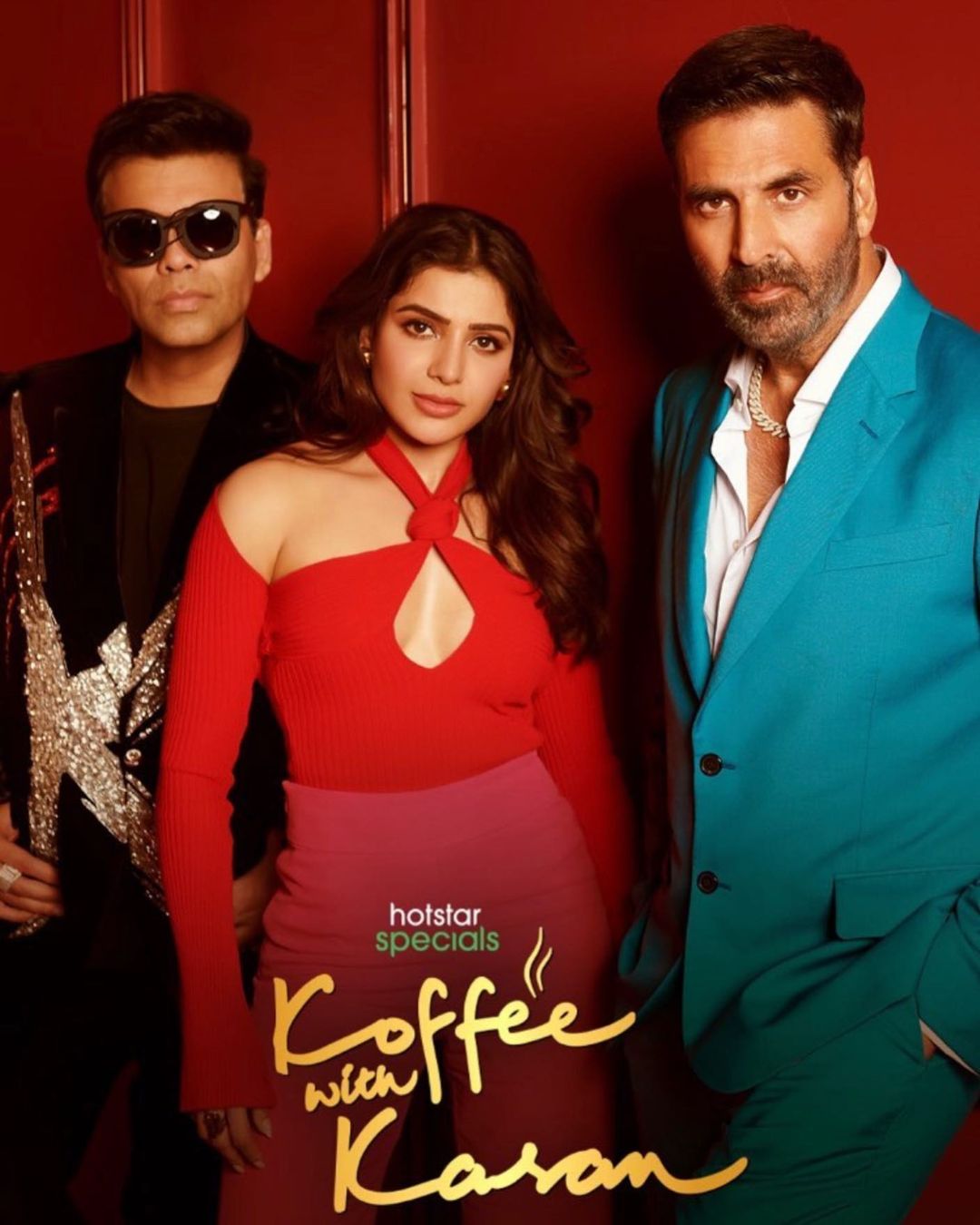

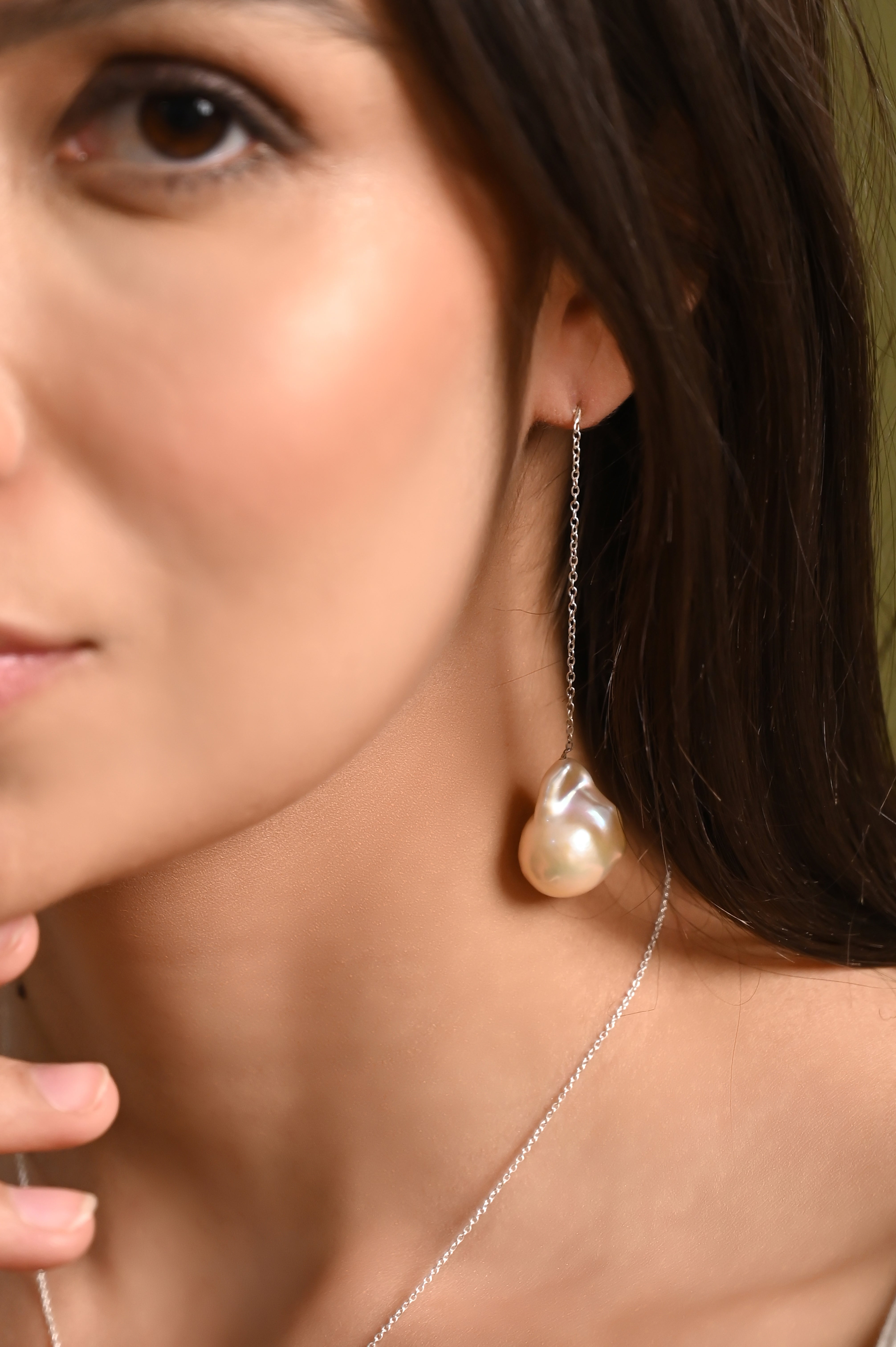

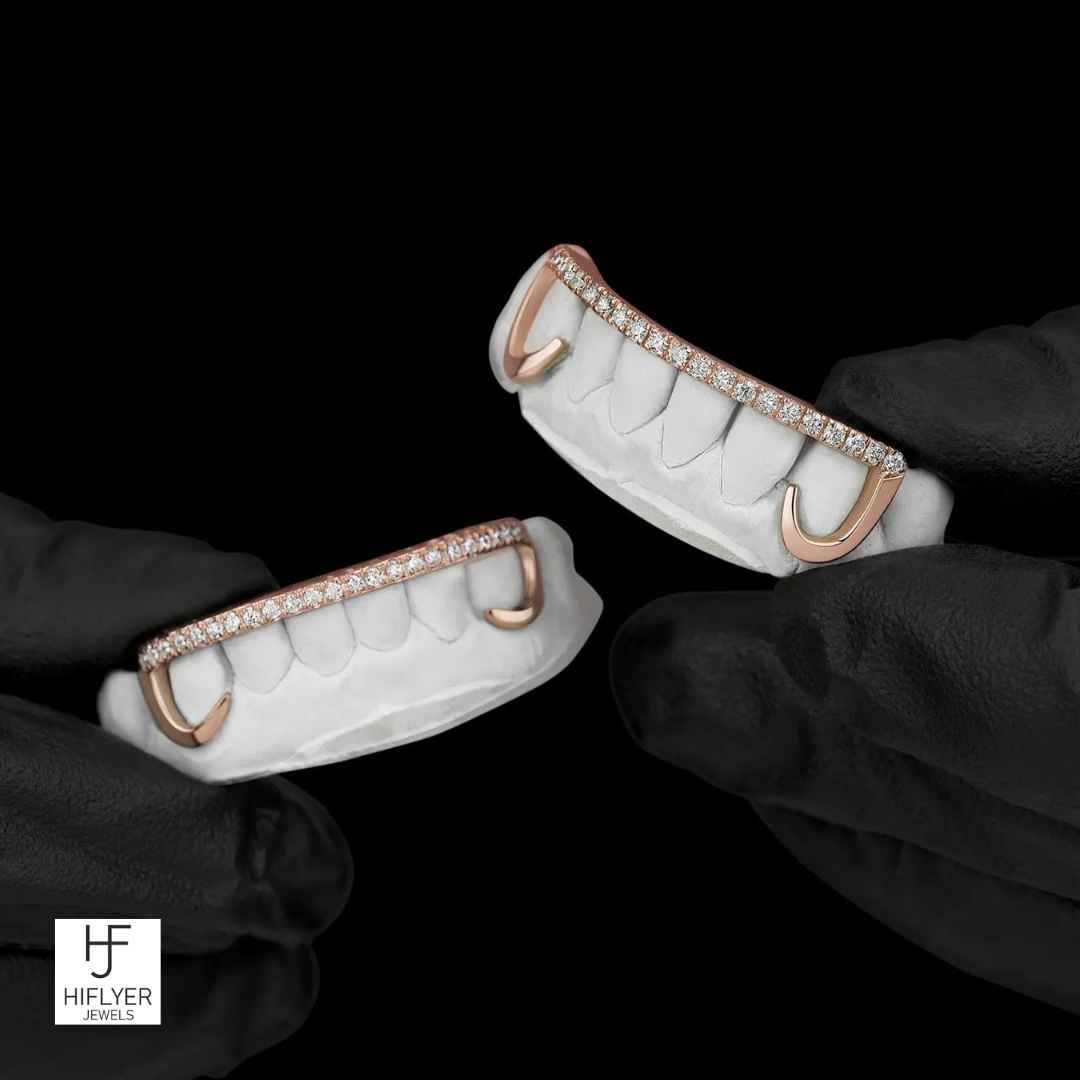
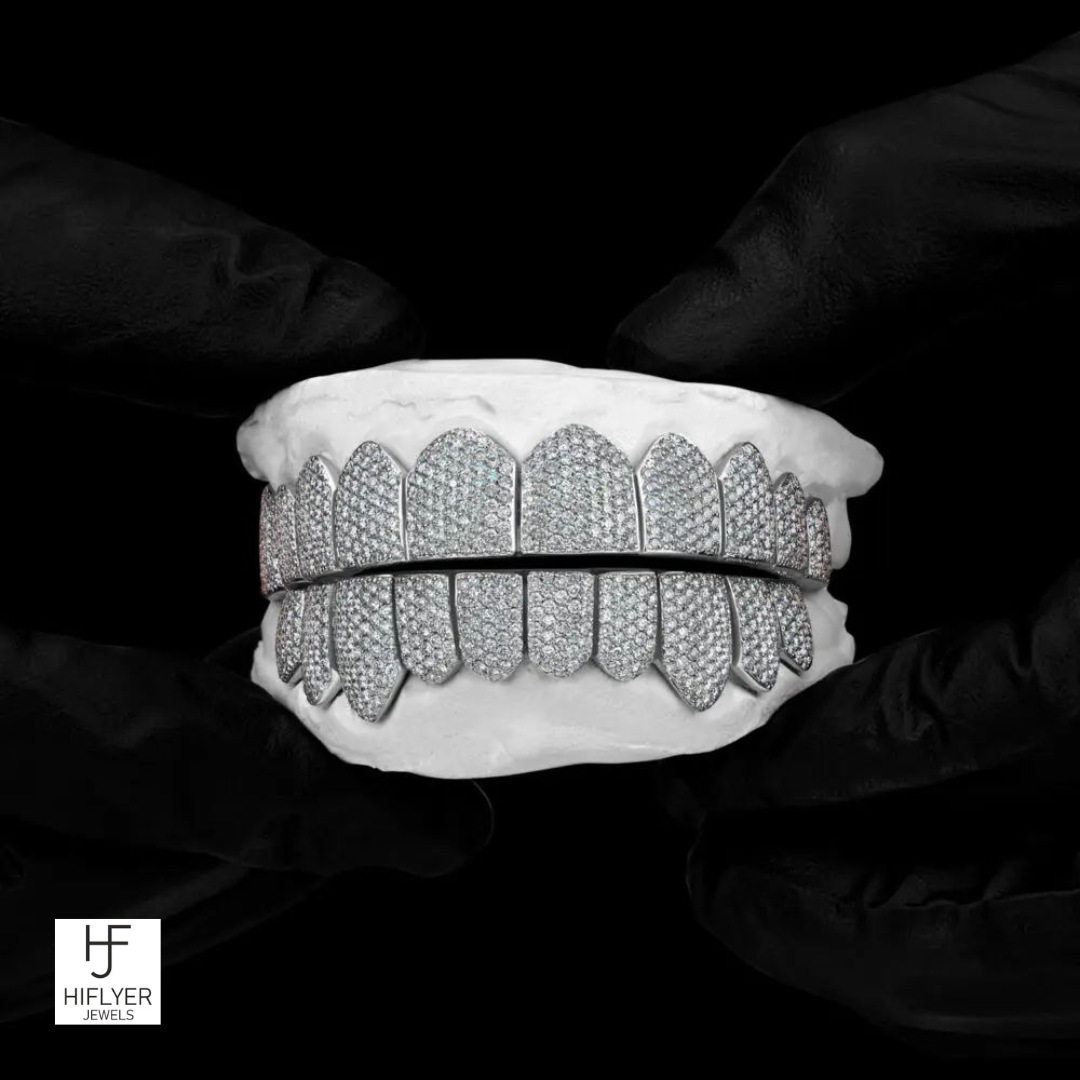

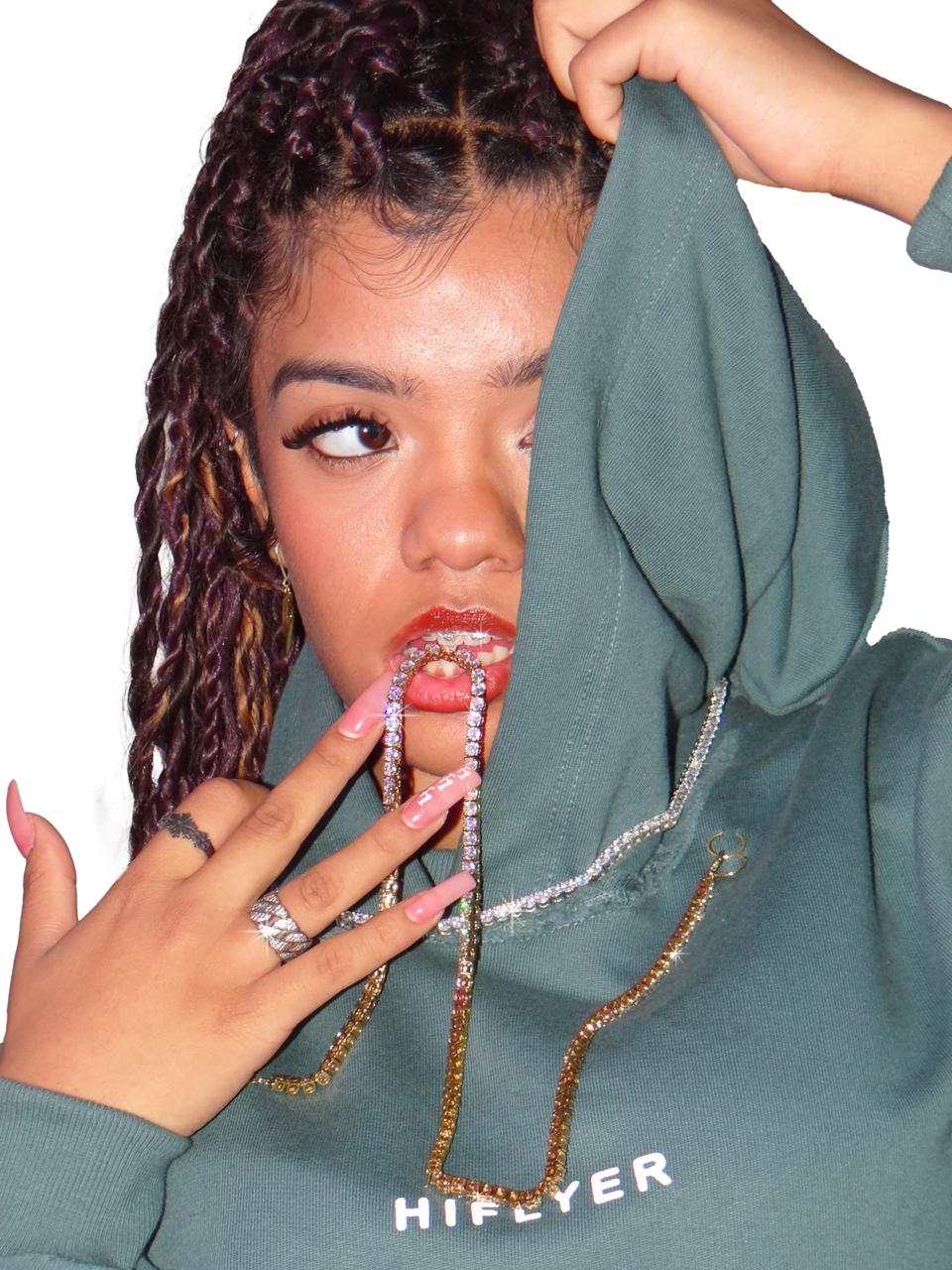

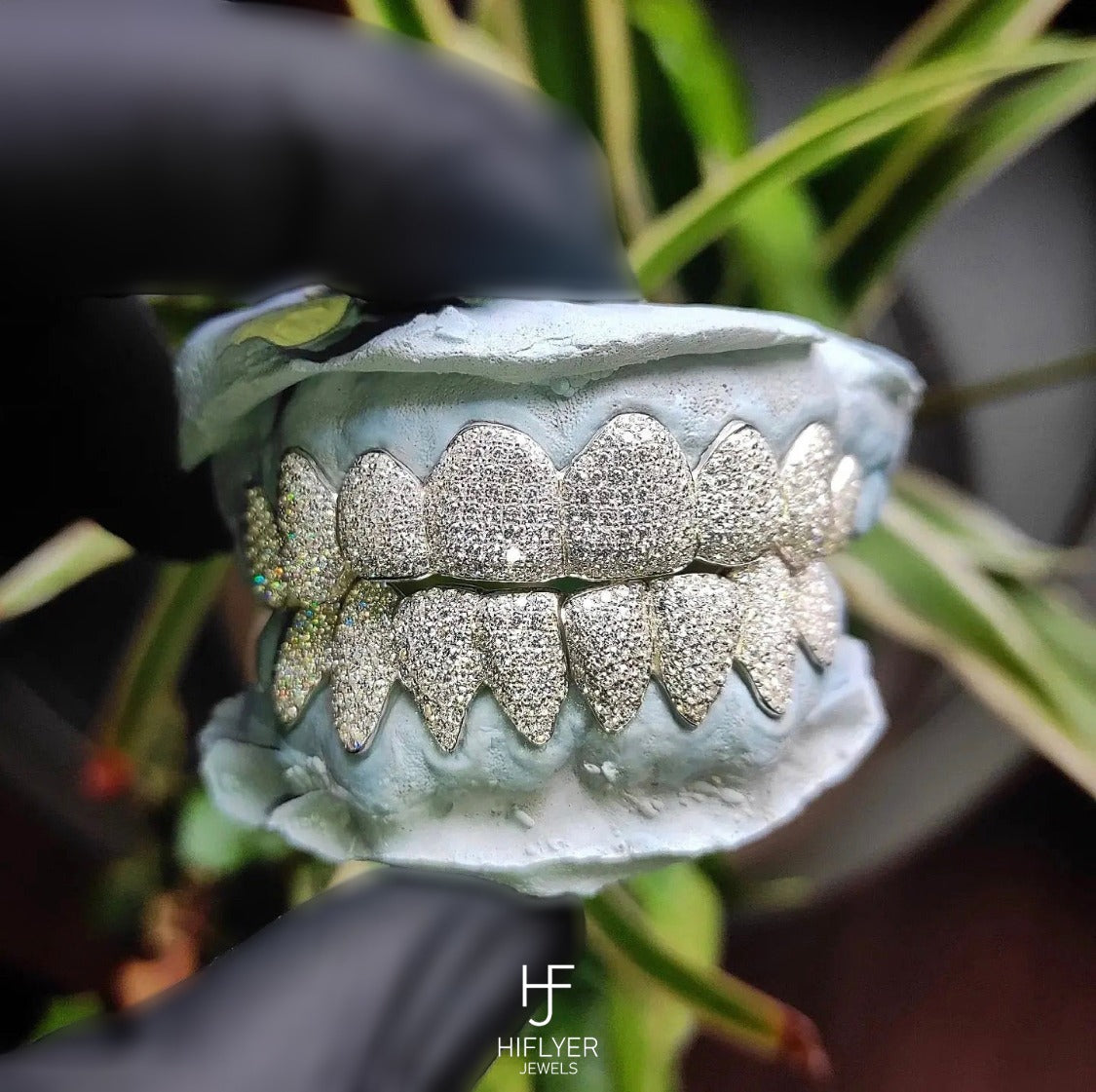
Leave a comment
This site is protected by hCaptcha and the hCaptcha Privacy Policy and Terms of Service apply.